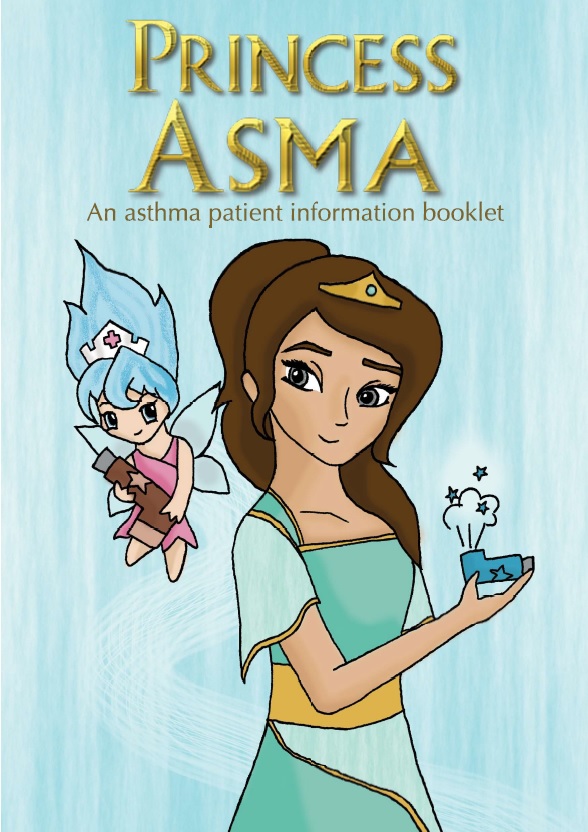Childhood asthma
Asthma is a common lung condition that causes occasional breathing difficulties. Asthma is caused by swelling (inflammation) of the breathing tubes that carry air in and out of the lungs. This makes the tubes highly sensitive, so they temporarily narrow.
It affects people of all ages and often starts in childhood, although it can also develop for the first time in adults.
There are four simple steps (or asks) which can help children and young people to manage their asthma:
How to use an inhaler through an aerochamber spacer
Lauren, Children’s Respiratory Nurse in Lincolnshire demonstrates how to use an inhaler through an aerochamber spacer in this video and has some top tips to help manage your asthma.
Ask About Asthma: Jenson’s Story

Asthma hasn’t stopped Jenson from diving into life – quite literally!
With support from his family, medical team, and the WaterWise swimming programme, Jenson has learned to manage his asthma, build confidence, and even earn his 2000m distance badge.
His journey shows that with the right support, every movement really does make a difference.
a big thank you to Active Lincolnshire for sharing this training with us.
Read Jenson’s inspiring story and find tips for keeping children with asthma active: Ask About Asthma: Jenson’s Story | Magna Vitae.
The Clean Air Lincolnshire Project
Clean Air Lincolnshire Project aims to increase awareness of the sources and impacts of air pollution, to explain what air pollution is and the actions you can take to improve air quality and the health of everyone.
Eight Lincolnshire schools are participating in the Clean Air Lincolnshire Project, using air quality monitoring, to encourage action for cleaner air in their area one.
Clean Air Lincolnshire encouraging action for cleaner air across the county (cleanairlincs.org.uk)
Resources for children
Click on the images below to find out more about these adventurous alternative asthma information booklets.
Useful links
- Asthma Friendly Schools – Lincolnshire ICB
- Asthma symptoms and treatments – NHS.UK
- Asthma – asthmaandlung.org.uk
- Living with a asthma – NHS.UK
- Living with a lung condition – asthmaandlung.org.uk
- Asthma and your child – asthmandlung.org.uk
- Asthma triggers – asthmaandlung.org.uk
- Short videos about asthma
- Widening our view about asthma – Transformation Partners in Health and Care
Training links for professionals
Do you work with or care for children and young people with asthma?
If so, you are now able to access free training to improve your knowledge and help to care for children and young people with asthma in the best way possible.
Credit: banner image by Freepik

